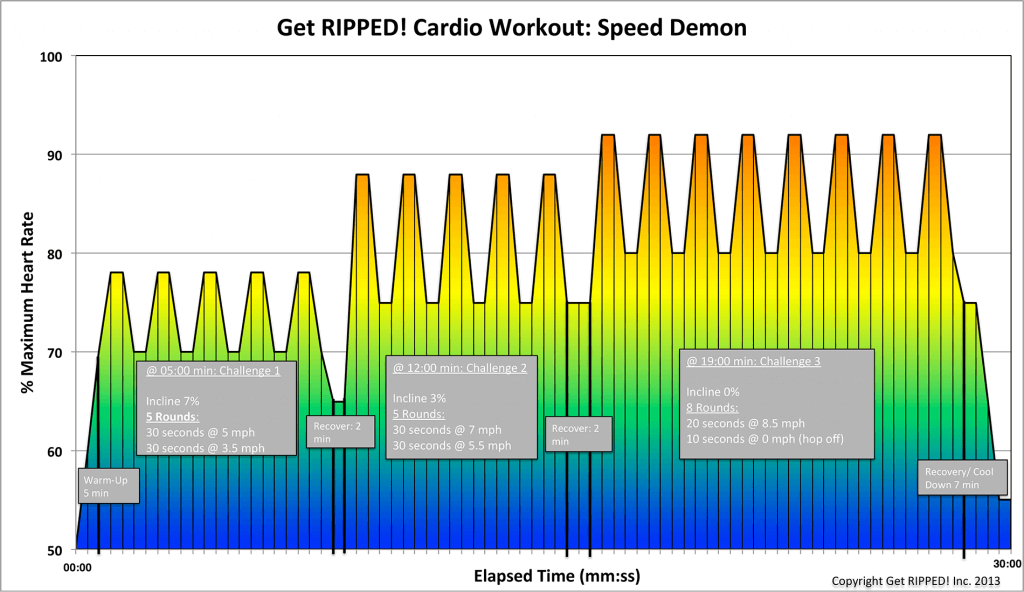Blog
The Importance Of Warming Up And Cooling Down
Too often people are anxious to get to their workout over and ignore the need for warming up and cooling down. Warming up is essential to get the muscles limber and enhance performance. It reduces the potential for injury. Cooling down is just as important. It helps eliminate some of the potential problems that exercise can cause. Forgetting either process leaves you with a price to pay that is often higher than you thought.
Dynamic stretching provides the perfect warm-up.
Dynamic stretching activates your muscles and gets them ready for a workout. It improves your range of motion and improves your body awareness. If you participate in sports, dynamic warmups get you to peak performance more quickly. It also helps your workout by aiding you in lifting more weight and helps you get the maximum out of your workout time. Studies show that warming up with dynamic stretching is far better than no stretching or passive stretching.
Cooling down also helps you provide painful problems.
DOMS—delayed onset muscle soreness–can be a sudden pain in the muscle that’s used during a workout that starts within 24 to 48 hours of the workout. It’s cause by tiny tears in the muscle. Cooling down exercises or passive stretching can help relax the muscles to avoid a problem. When you workout hard, your blood pumps throughout the body at a high intensity. Quitting abruptly, without doing cool down exercises, can cause pooling and slow the return of the blood to the heart and brain. It can cause dizziness that you won’t have if you do cool down exercises.
There’s a reason they’re called warm up and cool down exercises.
Warming up means the blood gets flowing and really does warm the muscles. If you’ve ever felt a muscle after a hard workout and before you’ve done cool down workouts, you notice that it’s extremely warm. Stretching at the end, while it’s warm is probably the best time to improve your range of motion since the muscles are pliable. That can help improve your overall flexibility and lower the risk for injury throughout your life.
- Lactic acid builds up in the muscles and static stretching can help clear it out and reduce the aches and pains after a workout.
- Dynamic stretches are active and more vigorous. They involve movement of several muscle groups. Static stretches involve holding a position and one muscle group. Touching your toes is a static stretch.
- Your body needs to return to a balanced state of homeostasis. With cool down exercises it does it slowly and has the benefit of the feel good endorphins.
- Even walking can be a cool down, just as swimming can. High kicks, jump lunges and jump squats are dynamic stretches.


